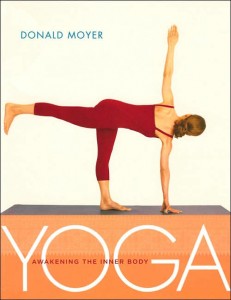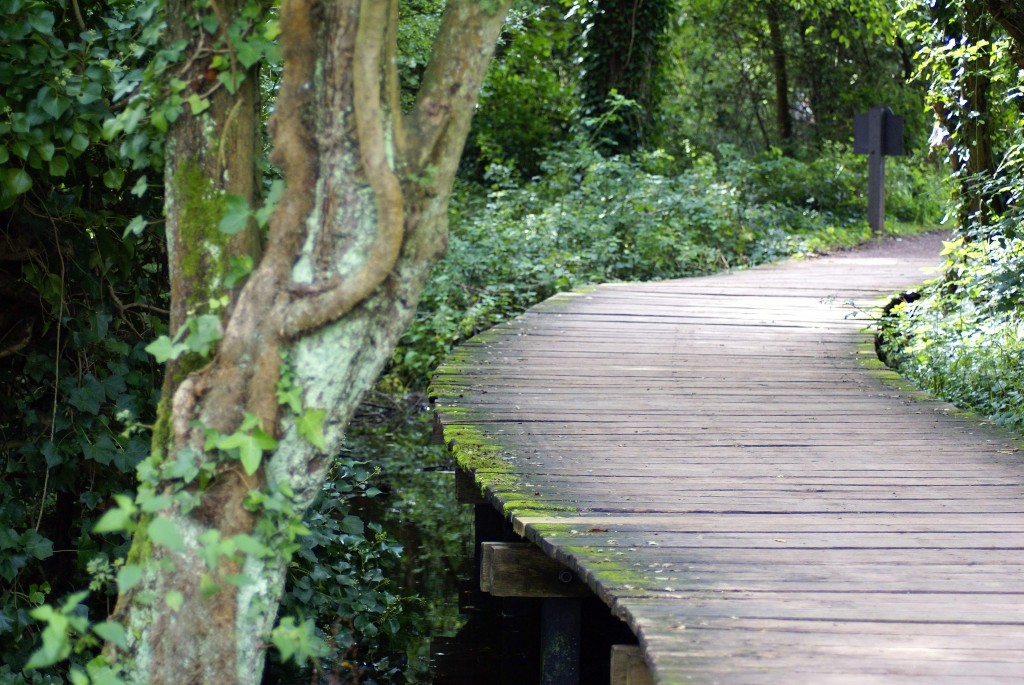Back on September 6th, I committed to doing shoulder stand every day for 90 days.
Yesterday was day 30. Here’s the report:
I started with the assumption that the hard part would be showing up every day. In fact, it’s not so hard.
Maybe it’s the power of commitment: I feel like a switch has been flipped and I just do it, every day, without struggle.
Much to my surprise, the problem has been the pose, or more precisely, the way I’ve been doing the pose.
It turns out that shoulder stand every day is a different proposition from shoulder stand five days a week.
Imagine you had to see that slightly touchy co-worker seven days a week instead of five. There would be no rest, no recovery, no time to focus on what’s working and come back fresh. Eventually, small problems would blow up to monumental size.
And that’s what happened.
For the first three weeks, the pose kept getting better.
Every day I saw small improvements. I felt stronger. As days went by, I held the pose longer and added more variations.
Doing Parsva Sarvangasana drop overs was a joy, as was Nirlamba (unsupported) shoulder stand, the version in which you’re upright and your hands rest on your thighs. I even reached a new, more friendly accommodation with Parsva Halasana – we’ve never really been close.
Best of all, I began to register a difference between “doing” shoulder stand and aligning myself with the energy of the pose. Far from finding it tedious, I became increasingly fascinated.
Then, a little over a week ago, the distant foghorns of tinnitus sounded while I was in the pose. I could make them stop by taking my weight back and resting my buttocks on my hands, but they came back when I was more upright. And when I finished my practice, the back of my neck felt heavy and thick.
As an Iyengar yoga teacher, my first instinct was to add a blanket. More height almost always helps. It was better, but not enough.
I worked on rotating my upper arms out more strongly, on chest openings, on backbends. It all helped – a bit.

A few days ago I pulled Donald Moyer’s excellent book, Yoga: Awakening the Inner Body, off my book shelf.
In his chapter on shoulder stand, Donald notes that there are two types of shoulders: square, and sloping:
“If you have square-set shoulders, the weight of your body rests naturally on your outer shoulders and arms when you practice Salamba Sarvangasana, not on the base of your neck,” he writes.
“However, if you have shoulders that slope at a steep angle, your outer shoulders may not be in contact with the blanket causing all of your weight to fall on the trapezius muscle at the base of your neck.
“In this case, you may feel pressure on your seventh cervical vertebra (C7) or discomfort in your neck, and with prolonged practice of Salamba Sarvangasana, the trapezius muscles at the base of your neck may become thick and swollen.”
A look in the mirror confirmed it: my shoulders don’t slope steeply, but they do slope.
Donald’s solution is to take two blankets, fold them in half, and place them four to six inches apart, so that the firm edges face to the centre and the head side of your shoulder stand platform.
The raised blankets are there to support your outer shoulders. The space in the centre lets your trapezius and neck muscles relax and lengthen.
I had tried it before, without success.
But in the past, I had made the space between the blankets much narrower. With a four-inch space, my shoulder blades catch the edges of the folded blankets. My neck feels like it’s sinking, a contrast to the pressure of the blankets in the old setup. And I can push down with my outer shoulders, and lift my shoulder blades up.
The first time I tried it, the tinnitus was gone. When I stood up after my practice, my shoulders flowed downwards of their own accord, and the back of my neck felt light.
Sixty more days of shoulder stand? I’m good to go.
Image courtesy of Andy Cardiff, via Flickr
If this was your kind of post, you might also like:
Are you ready to commit to a daily practice?






Comments on this entry are closed.
Hi Eve;
I was inBerkeley at Donald’s intensive in August. He is a marvellous teacher as you already know from his visits to Vancouver. I will go again.
Would you consider linking my website to five minute yoga?
Kelly
Hi Kelly,
I’ve always wanted to do one of Donald’s intensives. I’d love to hear more about it. Of course I’ll link to your site – I’ll put it in the blog roll now.
Thank you so much for sharing this! I will advise students accordingly… Never Ever occurred to me! oh, the many details of proper alignment!
Helene, I’m glad you found it useful.
It is pretty staggering to contemplate how much there is to learn about just one pose – albeit a complicated one such as shoulder stand – not to mention yoga as a whole. That’s part of what keeps me fascinated, no end of learning in sight.